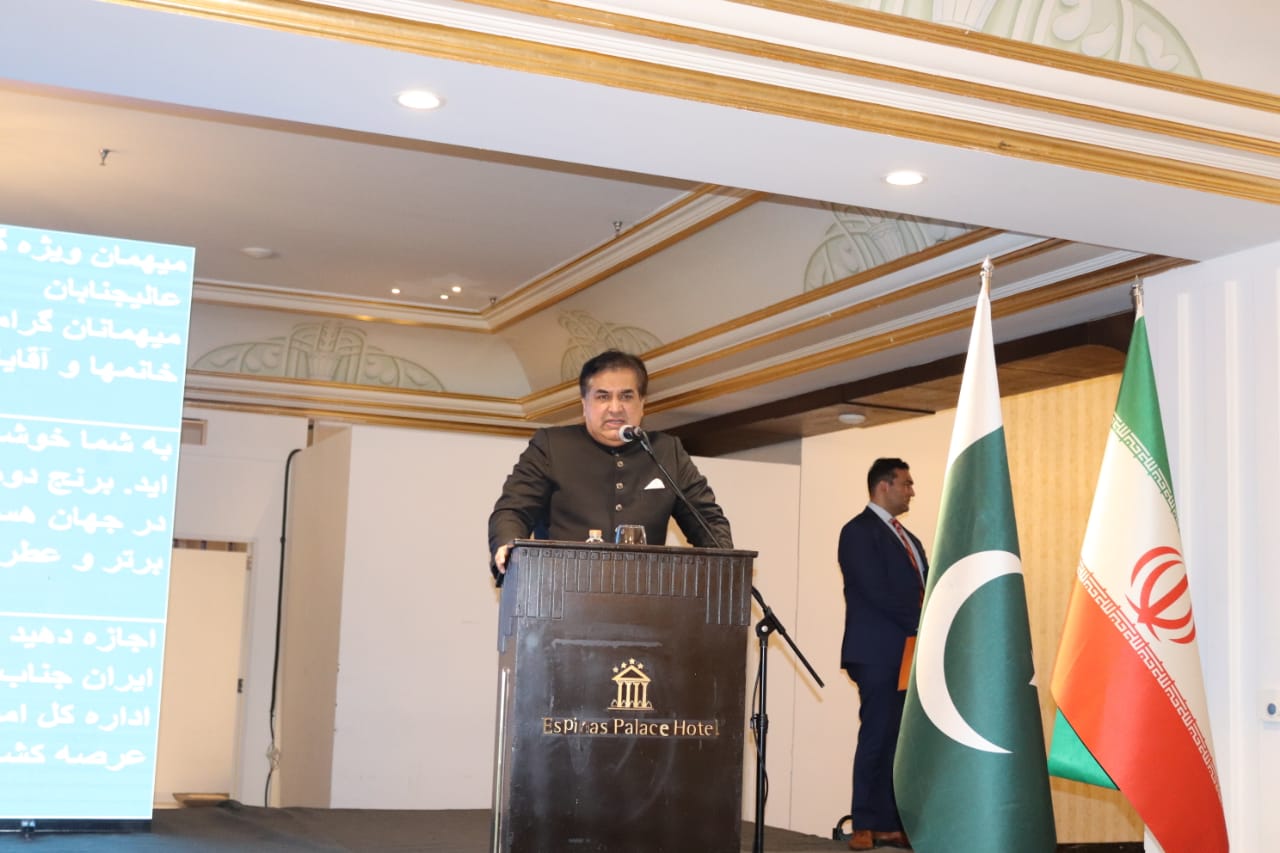Tajikistan will release a new book in July outlining dress guidelines for women. The government aims to enforce traditional Tajik clothing and eliminate attire it deems culturally inappropriate. This move continues the country’s strict control over societal norms, especially those affecting women.
Promotion of Traditional Tajik Attire
The new publication will provide recommendations on national dress for women of different ages. It will also specify appropriate clothing for various settings, including at home, the theatre, and formal ceremonies. According to Khurshed Nizomi, head of the culture ministry’s folk craft department, the book will highlight the elegance and beauty of traditional Tajik dress, which has been preserved for centuries.
Crackdown on Islamic Clothing and Religious Symbols
Authorities have long discouraged the adoption of Islamic dress in public life. President Emomali Rahmon has labeled the hijab a “problem for society,” pushing for women to wear attire that reflects Tajik cultural identity. The government has also imposed restrictions on long beards, citing concerns about religious extremism. These measures align with past efforts to limit Islamic influence in the country. Historical Context of Dress Regulations
This is not the first time Tajikistan has issued guidelines on women’s clothing. Previous publications have also promoted traditional attire, but officials claim the upcoming book surpasses earlier versions in quality. It will feature enhanced printing, a carefully curated selection of photographs, and references to historical sources. The book will initially be distributed free of charge.
Balancing Secularism and Cultural Identity
Tajikistan remains a secular state, yet its government actively shapes national identity through cultural policies. Authorities have banned “clothing alien to national culture” and continue to suppress Islamic influences. The country shares linguistic and cultural ties with Afghanistan but has distanced itself from religious customs prevalent across the border. Government’s Justification for New Restrictions
Officials argue that preserving traditional clothing strengthens national heritage and unity. Nizomi emphasized that dress is a fundamental aspect of culture passed down from ancestors. By enforcing these guidelines, the government aims to uphold a distinct Tajik identity amid regional and religious influences.
Response to Security Concerns
Tajikistan has intensified its crackdown on religious extremism, particularly since last year’s attack at a Moscow concert hall. Authorities accused four Tajik citizens of involvement in the massacre. In previous years, many Tajik nationals joined the Islamic State. These security concerns have fueled stricter policies on religious symbols, including clothing and facial hair. Criticism of Dress Restrictions
Rights activists have condemned Tajikistan’s restrictions on women’s dress, arguing that they limit personal freedoms. Critics view these measures as part of a broader pattern of state control over women’s choices. While the government insists it is preserving cultural traditions, many believe the policies infringe on individual rights.
Tajikistan’s new dress guidelines mark another step in the government’s control over societal norms. The book promotes traditional clothing while further restricting Islamic attire. As authorities push for a distinct national identity, women’s fashion remains a focal point in the country’s broader cultural policies.
Related Stories:
10 Oppressive Laws Women and Girls Face Under Afghanistan’s Gender Apartheid
Women in Swat Face Threats Amid Honor Killings Crisis
Iran enforces new hijab law with death penalty for women who refuse to comply
















